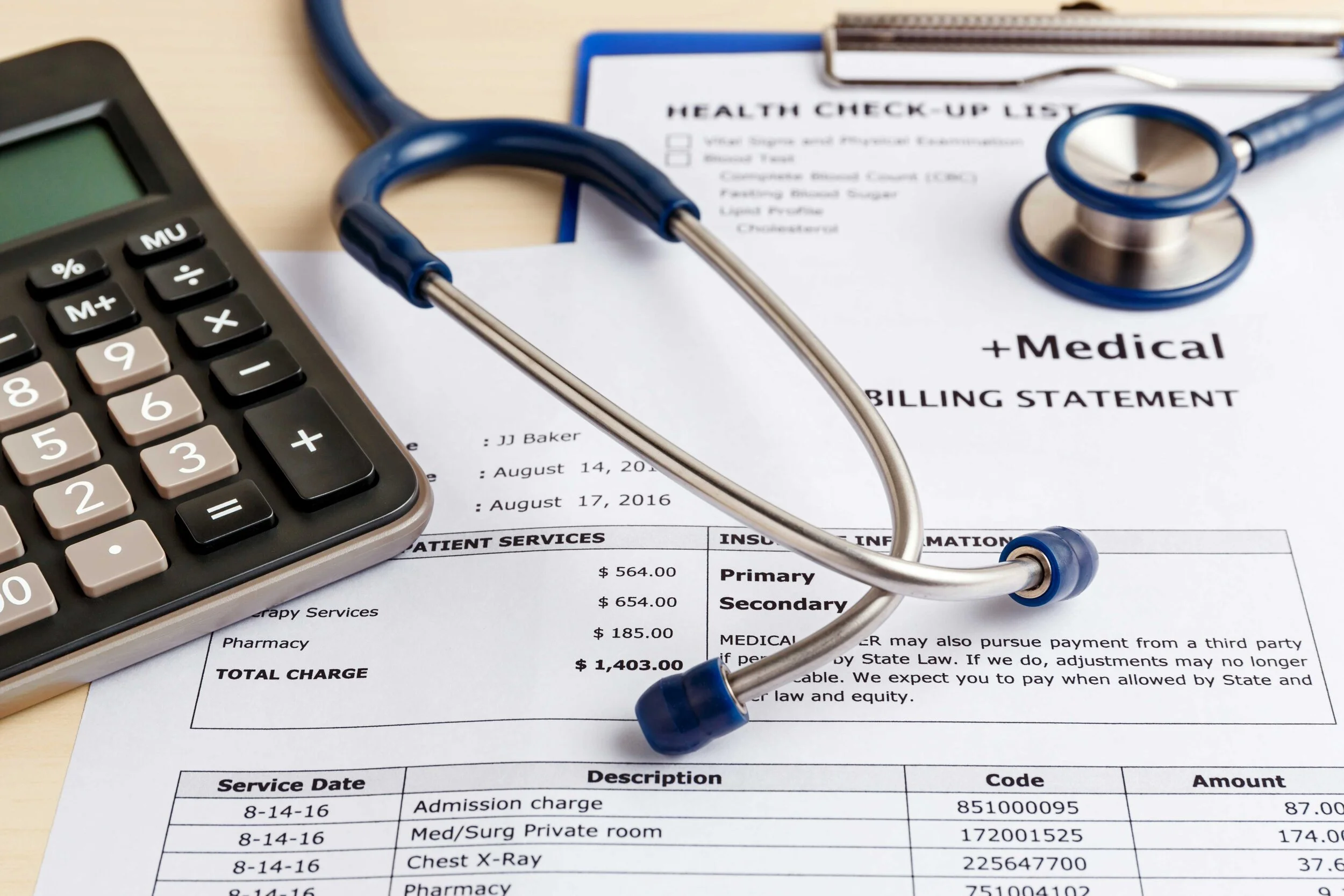ACMBS recommends these steps to conduct a fee analysis for your practice and ultimately, to ensure you’re receiving the full reimbursement.
What’s this new fee on my provider bill?
COVID-19 has turned the world on its axis and changes stemming from the pandemic can be felt across the board. One new norm you may have noticed the last time you headed to the doctor is a new line item on your receipt. That’s because many businesses including healthcare providers are now commonly adding a “COVID-19 surcharge.”
Why the surcharge?
Many practices are adding additional charges that can range from a flat fee (usually $15-$20/visit) to a percentage of the total bill. Providers are citing the surcharge as a way to counterbalance financial losses from being shut down and/or limiting business for months. More commonly, providers are using these funds to offset the operational costs of additional PPE equipment as well as additional cleaning and sanitization supplies and services.
Is the surcharge legal?
Much to the chagrin of some patients, the COVID-19 surcharge is completely legal. Patients appear to be split on their response to this additional fee: some are empathetic to the burden the new operational costs place on their providers. On the flipside, patients who may already be struggling financially in these uncertain times, are less understanding.
Regardless of the charges legality, healthcare providers should always implement best business practices and be as transparent as possible about this new line item. Patients should be told prior to their visit that there will be an additional fee. Practices may even want to go so far as to post a physical sign at their office as well as add a notification to their website.
Will the surcharge go away?
As we know, nothing in life is certain anymore. What we do know is that the COVID-19 surcharge is an attempt by practitioners to temporarily compensate for increased expenses. Note that these are not price increases – which would be permanent. Healthcare providers who are implementing the surcharge versus increasing their costs appear to be hopeful that this is a temporary solution for a what is a temporary challenge.


